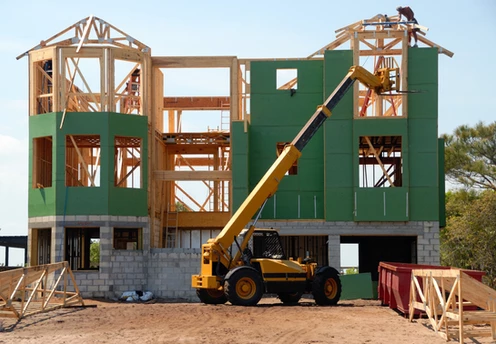Who Gets What?
- When partnerships split up, they often need to determine what to do with the real estate the partnership owns.
- One potential solution is partition – to divide the property between the partners.
- Partition can be an expensive and lengthy process. As a result, it is often best to resolve the issues outside of litigation.
Sometimes people split up. And partnerships dissolve. That’s an unfortunate consequence of dealing with human beings and their individual idiosyncrasies. Because we do a lot of real estate litigation, we see these disputes a lot.
The question we are dealing with this week, therefore, is what happens when things go bad and there is a split on the horizon? What are the parties supposed to do about the property they own together? One potential solution in Texas is partition. But it may not be the best solution. So what is it? And is it a good option for you and your partner? That’s what we are here for.
What is Partition?
Most people who enter a partnership – whether its personally or professionally – do so with the best of intentions. We want it to work out. But we know that many (most?) of them will eventually fail. And when that does happen, we need to know what to do with the assets. This is when you need a good law firm to step in and help with the allocation of assets among the partners.* And because this is nominally a commercial real estate blog, we will specifically focus on real estate.
First, we always suggest the partners try to come to an agreement among themselves to reach a settlement. This is going to be a much better option because it will save the time, headache, and expense of litigation. It is just a much cheaper and more effective route than litigation.
But if you cannot reach an agreement, one potential solution is partition. In law, a partition is when parties seek a court order to divide up a property into separate, concurrent tracts so that each party owns a separate piece of the initial, overall property. Often in real estate, especially when there is an improvement on the property, this ultimately leads to a forced sale of the property. Because it cannot be divided in a manner that is fair and reasonable to both parties. Thus the only way to split it is to force a sale and split the proceeds.
How Does Partition Work?
Parties generally resort to partition when they cannot agree on an equitable way to split the property. As a result, the process is usually contentious and leads to litigation. In general, a partition action follows the following steps:
- First, one of the parties will file a petition to split the property;
- The Court then determines if the property can be partitioned in kind or must be sold;
- As we discussed above, often the property cannot be split reasonably, and therefore the court orders the property sold; and
- The property will be sold at auction, with certain costs being deducted from the sales price (e.g. surveyor, appraiser, cost of auction, etc.).
For a real estate owner, there are some very real issues with this process. Specifically:
- The process is very expensive. You will need a lawyer throughout it and, especially if the partition is contentious, that can be very expensive;
- It can be a long process; and
- Ultimately the property could be sold at auction. It may not be the best time to sell the property. And the price may be further depressed from selling at an auction as opposed to marketing it out.
As a result, going through a partition is likely to depress the total return the partners could get from resolving the issues themselves without resorting to partition. But if and when you find yourselves at an impasse, Bukowski Law Firm can help you find a reasonable solution.
*Also, its why having a law firm draft the initial partnership agreement is so important. Often, the parties can avoid the messiness, time, and expense of litigation on the back end if they only had a good partnership agreement on the front end.




